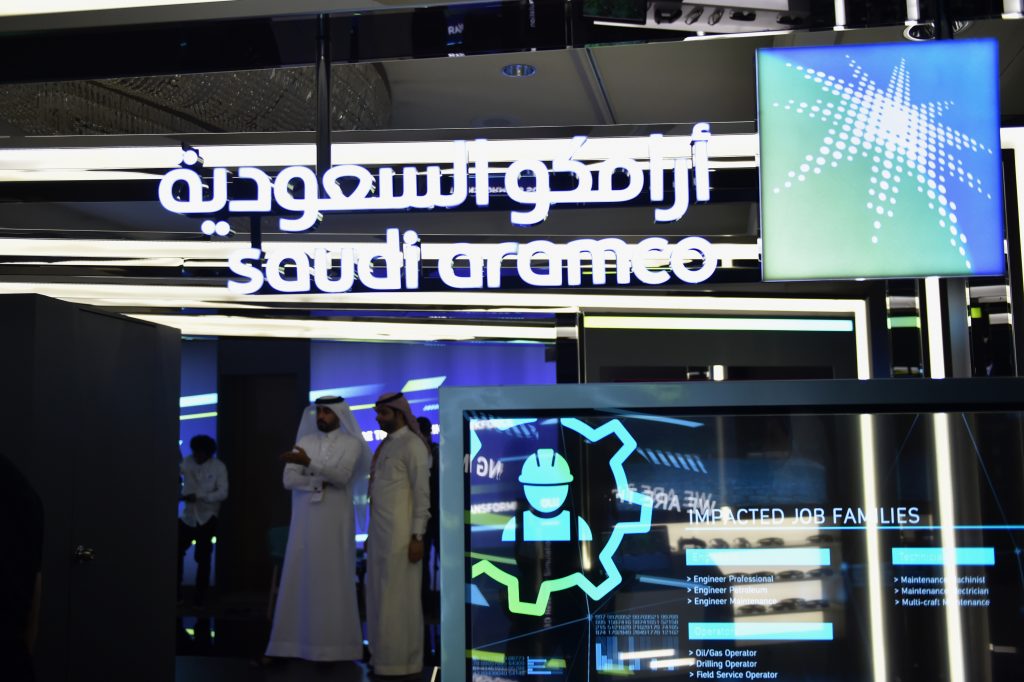
- ARAB NEWS
- 18 Jul 2025

Saudi Aramco’s initial public offering (IPO) this month is significant not just because of its size, but also for the gilt-edged opportunity it presents to kickstart the Kingdom’s long-awaited privatization program and reinvigorate its IPO market.
A successful Aramco listing on Saudi’s Tadawul exchange would provide a much needed shot of confidence for local investors, but it could also be the nudge required to bring even more Saudi companies to market, especially if the government is to be successful in achieving its ambitious target of increasing the number of listed companies on the Tadawul from 193 to 250 by 2022.
Only two IPOs were completed on the Tadawul in the second quarter of this year, compared to four in the same period in 2018. A broader representation of different Saudi sectors is needed to deepen the stock market and make it more “investible” in the eyes of international investors who haven’t already parked money in the Kingdom following emerging market upgrades by the likes of MSCI Inc. and FTSE Russell earlier this year.
The halo effect of Aramco’s share sale on the country’s IPO market should not be underestimated. It is not a stretch to imagine that with the international investor spotlight firmly on Saudi Arabia, and Aramco specifically, more local firms in the Kingdom will look favorably on pursuing life as publicly listed companies.
It is worth noting too the significant impact that Aramco’s IPO will have on the MENA region’s capital markets and the wider world of emerging markets.
As of mid-October, the MENA region accounted for 4.4 percent of the MSCI EM Index, with Saudi Arabia making up 2.4 percent of the index following its inclusion. This will increase to 5 percent when Kuwait is included in 2020. And with Aramco likely to list 5 percent of the company over time (1 percent locally and 4 percent on an exchange abroad) at a hypothetical valuation of up to $2 trillion, the offering could add up to 1.8 percentage points to the MSCI EM Index representation, bringing the MENA region’s overall weighting to just under 7 percent. This will put it on par with the likes of emerging Europe, Brazil, South Africa and India.
A major factor in stimulating further IPO activity in Saudi Arabia is the country’s privatization program. As part of this ambitious scheme, the Kingdom aims to generate up to SR40 billion ($11 billion) from the privatization of assets by 2020, spanning sectors including health, water, transport, education, municipalities, energy, sports, and communication. While the potential IPO of such assets is just one form of privatization, it is a route that has many benefits, both for the evolution of capital markets and the wider economy.
By bringing more local companies to market, there is an opportunity to bolster levels of corporate governance and transparency in the country as listed corporates come under the careful watch of market regulators and investors. Another upside of listing assets that were previously government-owned is that IPOs can attract large, strategic investors, often global in focus, who can bring fresh thinking and innovative ways of running a business. Let us also not forget that public IPOs are a great way to redistribute and share wealth widely by allowing the public to participate alongside institutional investors.
In general, we believe that as the country’s privatization program gains momentum, the flow of foreign capital into Saudi Arabia will likely accelerate, helping increase stock market liquidity and further improving levels of corporate governance and transparency.
Rules and regulations governing IPOs in Saudi Arabia are also evolving. Work on the ground continues at an impressive pace to eradicate some of the hurdles faced by companies contemplating an IPO. The Capital Markets Authority (CMA) should be applauded for the hard work it has undertaken over the previous few years in making the Tadawul more accessible and attractive to global investors, meaning the Kingdom will continue to benefit from a more institutionalized and liquid stock market. Recently issued regulations aimed at allowing companies from other Gulf countries to cross-list on the Tadawul is further proof of the forward-thinking approach that the regulator is adopting to help grow and develop the stock market. This is exactly the type of innovative behavior that will, over time, encourage more companies to eye a listing on the Saudi stock market. But the momentum for change cannot stop here and there’s still plenty of scope for further reform.
A successful Aramco listing, in our view, will highlight just how far the local market has come in a such short space of time. The IPO could also be the needed catalyst to carry out other future marquee privatizations laid out in the country’s Vision 2030 strategy. This bodes well for the development of Saudi Arabia’s stock market and reinforces the Kingdom’s reputation as a rising star among the emerging markets of the world.